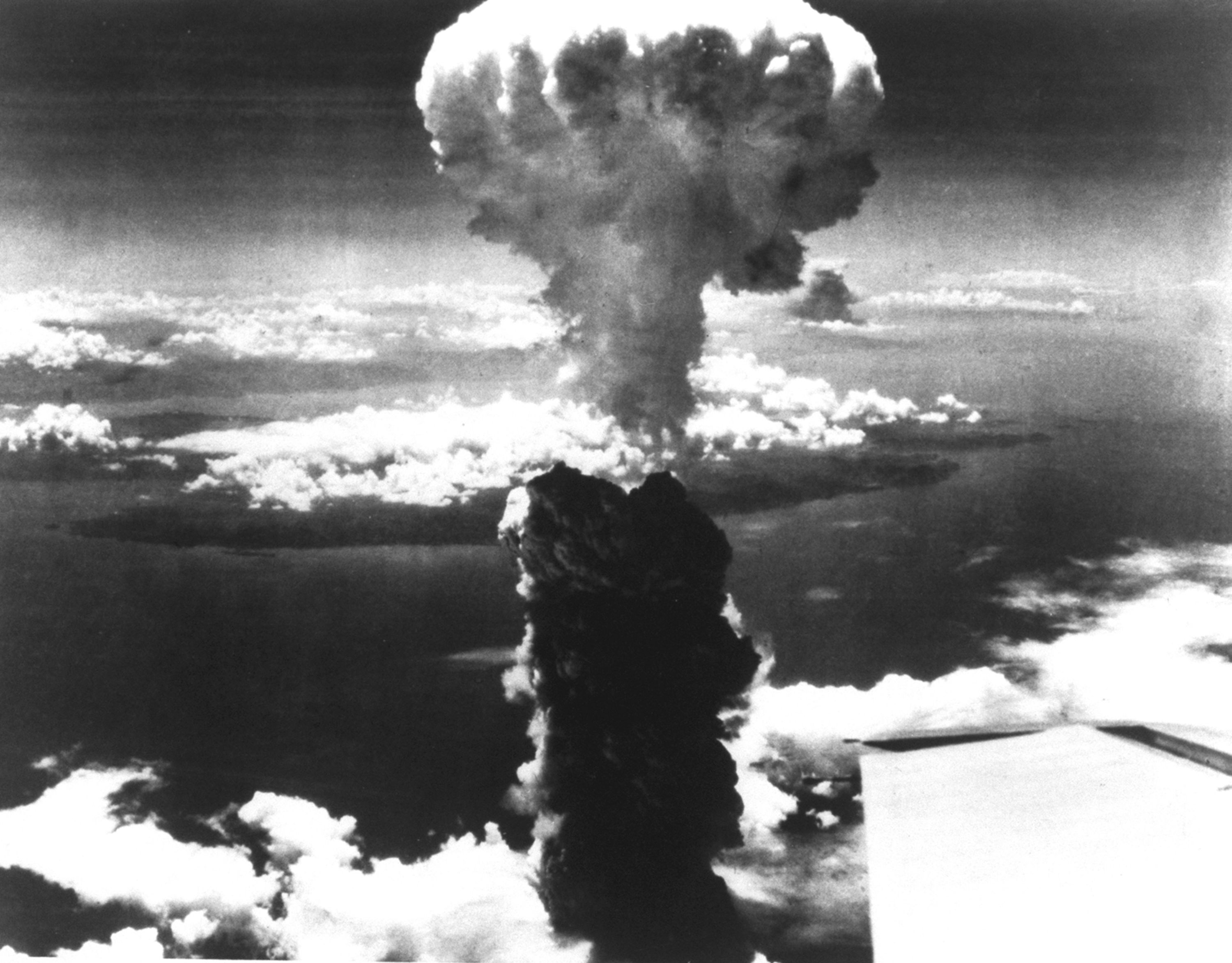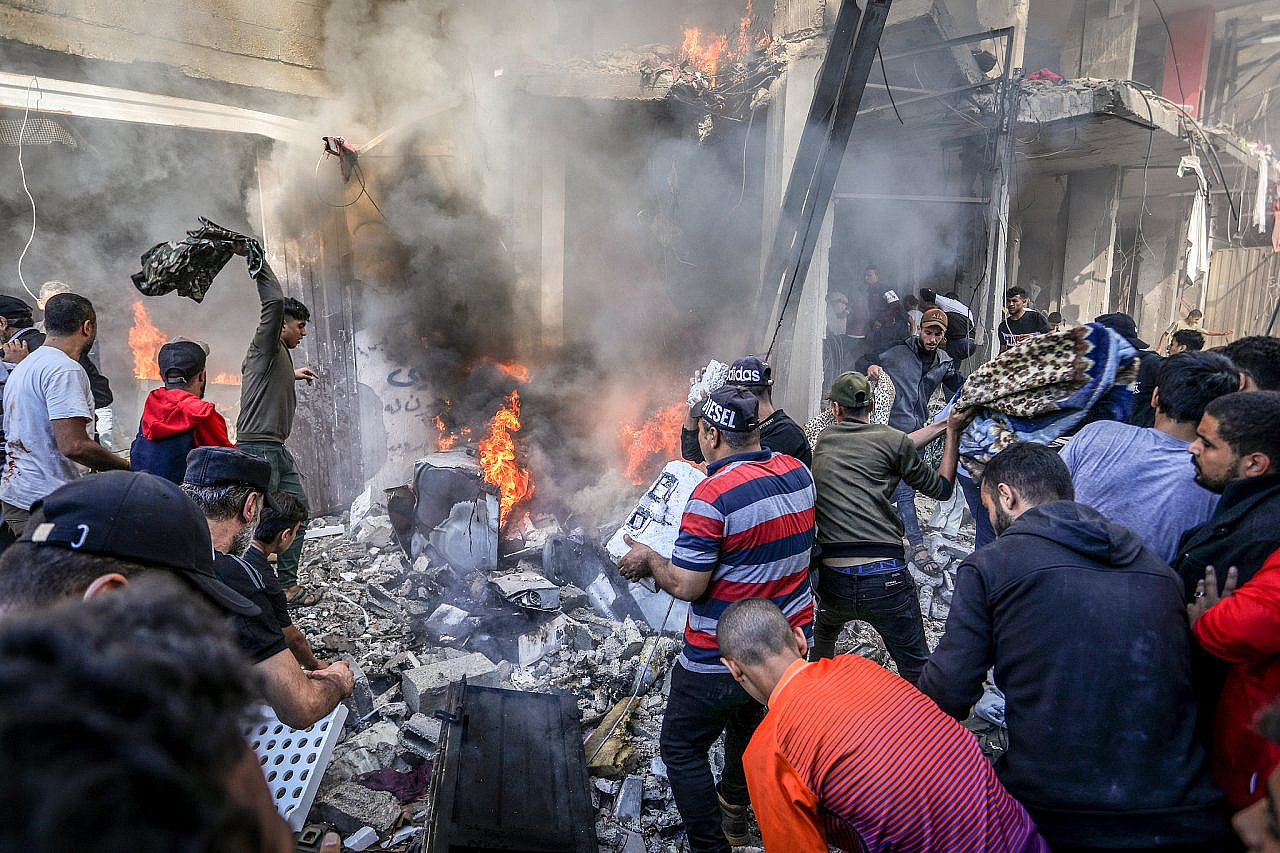 At the Pentagon, the draft of a war assessment to be submitted to Congress this month cites a shift in momentum in some areas of the country away from the insurgency.
At the Pentagon, the draft of a war assessment to be submitted to Congress this month cites a shift in momentum in some areas of the country away from the insurgency.
But as a new White House review of President Obama’s strategy in Afghanistan and Pakistan gets under way, the rosy signs have opened an intense debate at the Defense Department, the White House, the State Department and the intelligence agencies over what they really mean.
Are they indications of future success, are they fleeting and not replicable, or are they evidence that Gen. David H. Petraeus, the top United States and NATO commander in Afghanistan, is simply more masterful than his predecessor at shaping opinion?
At the White House, so far there is uncertainty and skepticism. “There are tactical cases which seem promising as discrete bits of evidence,” a senior White House official said in an interview over the weekend. “What’s not clear is whether those cases can be put together to create a strategic trend.” Marja, he added, “looks a lot better than two years ago. But how many Marjas do we need to do and over what time frame?”
The debate centers on the resiliency of the Taliban and the extent to which the group can rebuild from the hammering it is taking. Most involved say that there are positive trends for the Americans, but that the real answer will not be clear until a new fighting season begins as the weather warms next year.





 The United States will mark the 84th anniversary of the Japanese attack on the U.S. naval...
The United States will mark the 84th anniversary of the Japanese attack on the U.S. naval... On Monday, August 6, 1945, after six months of intense firebombing of 67 other Japanese cities,...
On Monday, August 6, 1945, after six months of intense firebombing of 67 other Japanese cities,...:focal(1285x1016:1286x1017)/https://tf-cmsv2-smithsonianmag-media.s3.amazonaws.com/filer_public/d1/4e/d14ed238-3b62-4506-9f53-fc2178dade60/nov2025_d17_prologue.jpg) In the fall of 1945, a bit more than six years after Nazi Germany invaded Poland...
In the fall of 1945, a bit more than six years after Nazi Germany invaded Poland... In 2021, a book titled “The Human-Machine Team: How to Create Synergy Between Human and Artificial...
In 2021, a book titled “The Human-Machine Team: How to Create Synergy Between Human and Artificial...






























